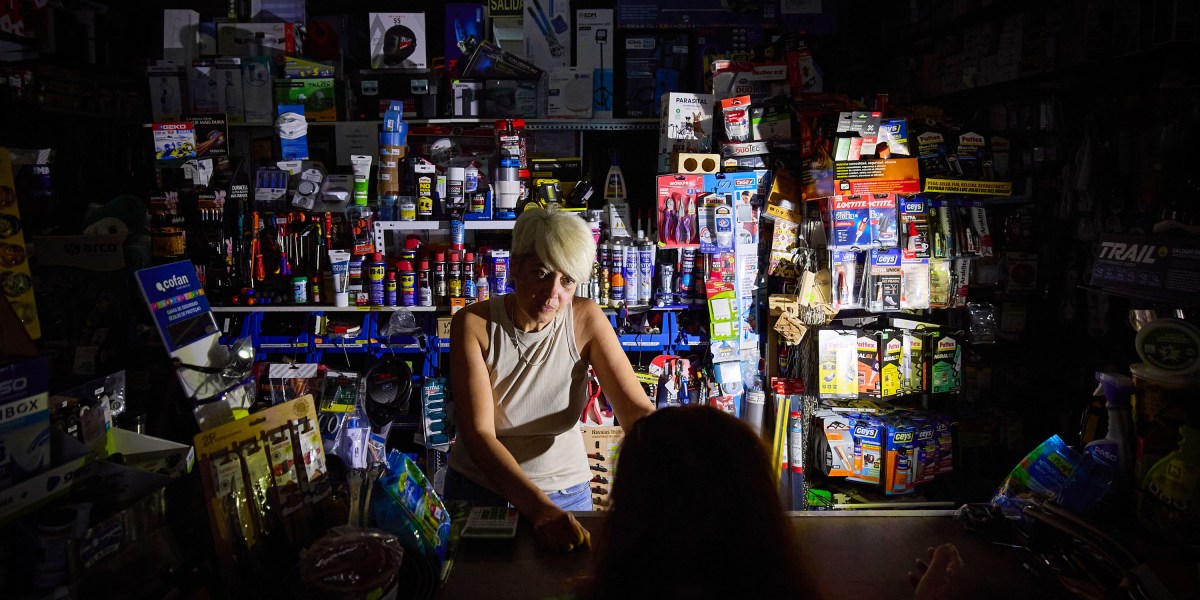Some key questions here are still unanswered. The order matters, for example. During that drop in generation, did wind and solar plants go offline first? Or did everything go down together?
Whether or not solar and wind contributed to the blackout as a root cause, we do know that wind and solar don’t contribute to grid stability in the same way that some other power sources do, says Seaver Wang, climate lead of the Breakthrough Institute, an environmental research organization. Regardless of whether renewables are to blame, more capability to stabilize the grid would only help, he adds.
It’s not that a renewable-heavy grid is doomed to fail. As Wang put it in an analysis he wrote last week: “This blackout is not the inevitable outcome of running an electricity system with substantial amounts of wind and solar power.”
One solution: We can make sure the grid includes enough equipment that does provide inertia, like nuclear power and hydropower. Reversing a plan to shut down Spain’s nuclear reactors beginning in 2027 would be helpful, Wang says. Other options include building massive machines that lend physical inertia and using inverters that are “grid-forming,” meaning they can actively help regulate frequency and provide a sort of synthetic inertia.
Inertia isn’t everything, though. Grid operators can also rely on installing a lot of batteries that can respond quickly when problems arise. (Spain has much less grid storage than other places with a high level of renewable penetration, like Texas and California.)
Ultimately, if there’s one takeaway here, it’s that as the grid evolves, our methods to keep it reliable and stable will need to evolve too.
If you’re curious to hear more on this story, I’d recommend this Q&A from Carbon Brief about the event and its aftermath and this piece from Heatmap about inertia, renewables, and the blackout.
This article is from The Spark, MIT Technology Review’s weekly climate newsletter. To receive it in your inbox every Wednesday, sign up here.



